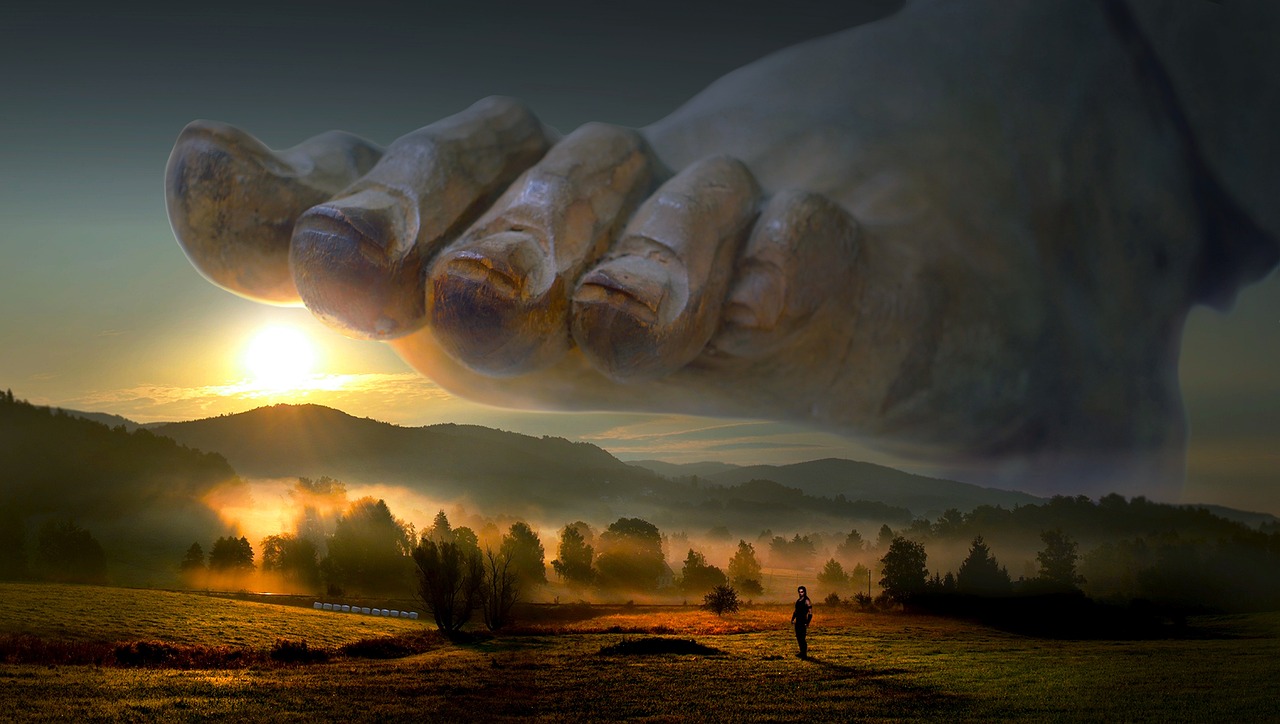Vulcan: The Roman God of Fire and Forge
Vulcan, known as Volcanus, was the Roman deity revered as the god of fire and forge, paralleling the Greek Hephaestus. Born to the prominent gods Jupiter and Juno, Vulcan served as the protector of blacksmiths and craftsmen, embodying not only the creative aspects of fire but also its destructive potential found in natural occurrences such as volcanism. This duality made him one of the most formidable figures in the Roman pantheon.
Festivals and Temples
In line with the reverence shown to other deities, Vulcan was honored through a special festival called Vulcanalia, held on August 23. His temple, located in the Campus Martius outside Rome, reflected a common practice of placing such shrines beyond city limits to mitigate fire dangers.
Origins and Relationships
Vulcan’s bond with his mother, Juno, was tender, particularly during her frequent disputes with Jupiter. In a particularly infamous myth, in a fit of rage, Jupiter punished Juno by dangling her from the clouds. Vulcan attempted to aid her, which led to his own downfall as he was cast out of Olympus. He descended for an entire day, crashing onto Mount Mosychulus in Lemnos. This fall resulted in his lameness and deformity, a condition that would profoundly affect his life and relationships. While in Roman lore he retreated to Mount Aetna to establish his forge, he also formed alliances with the Cyclopes—three legendary smiths celebrated for their creation of powerful weaponry for the gods.
Vulcan’s appearance earned him the label of ugly and undesirable. His early attempts at romance were thwarted; Minerva (Athena) rejected him for her vow of celibacy. As a form of punishment for Venus’s vanity, Jupiter forced her into marriage with Vulcan. This relationship, however, was fraught with infidelity, as Venus soon sought companionship elsewhere, particularly with Mars. Later, Vulcan would marry a Grace, but this union too would end in abandonment. Despite his personal struggles, he was said to father several monstrous offspring, including Cacus, Periphetes, and Cercyon, tying him indirectly to some notable figures in myth.
The Golden Throne
One of the most notable tales involving Vulcan illustrates his cunning through the creation of a treacherous golden throne for Juno. Although it appeared harmless, it ensnared her when she sat down, trapping her in a bind that even the gods struggled to undo. Only through the intervention of Bacchus, who convinced Vulcan to relent, was Juno freed. Following this, Vulcan crafted magnificent structures for different gods, showcasing his unparalleled skills.
Minerva’s Birth
Another prominent myth showcases Vulcan’s role in the dramatic birth of Minerva. When Jupiter suffered from a tremendous headache, traditional remedies failed. He called upon Vulcan, who relieved his suffering with an axe to open his skull, from which Minerva emerged, fully armed. This story highlights Vulcan’s integral place in the divine lineage and creativity within the Roman pantheon.
Ovid’s Narratives
In Ovid’s work, Vulcan plays a crucial role in stories that intertwine the lives of gods and mortals. A notable episode recounts the daughters of Minyas choosing work over a celebration, resulting in woven tales of love and betrayal, including the infamous affair between Venus and Mars. In response to a revelation of their infidelity, Vulcan created an intricate net that ensnared the lovers, exposing their shame to the other gods.
Virgil’s Aeneid
Furthermore, in Virgil’s epic, Vulcan was essential in crafting weapons for Aeneas. As the Trojan hero, destined to found Rome, prepared for conflict in Latium, he sought the expertise of Vulcan to create a protective suit of armor and weaponry. In a display of divine craftsmanship, Vulcan provided Aeneas with not just weaponry but a shield depicting moments of Roman history, emphasizing not only his skill but his role in the fate of the empire.
Conclusion
While the lineages may diverge between Roman and Greek mythology, the tales of Vulcan underscore the Romans’ affinity for narrative and truth woven throughout their history. Despite the elegant depictions and myriad of stories surrounding him, Vulcan remains absent from astronomical recognition, perhaps only symbolized in the process of vulcanization—reflecting the complex interplay of creation and destruction in fire.



